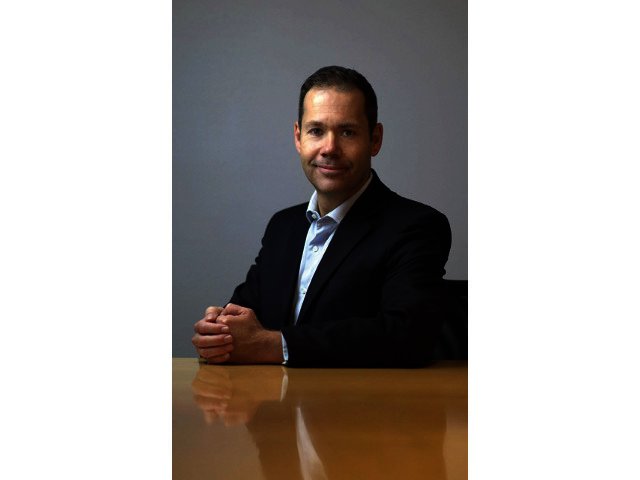In an eye-opening round table discussion, Brad Pulford, director at Dell, lifted the lid on the current state of the industry and why the company believes IT needs to be future ready.
It has become very evident over the past few years that the IT industry is undergoing a major shift, as organisations grapple with some of the megatrends which have emerged. What is less evident though, is how exactly the industry is changing due to the influence of the megatrends (cloud, mobility, big data, security). To this end, Brad Pulford, director of Enterprise Solutions Group at Dell highlighted a number of shifts that the company has been seeing in recent times.
It would be fair to say that the IT industry as a whole is facing a good deal of upheaval. According to Pulford, the server market, specifically in South Africa, is declining at “a rate of knots at the moment.” Part of the reason for this is due to the natural progression of technology, while also having an impact is that customers are realising that they need to do more with less. Thanks to cloud computing and virtualisation, they actually can. “That has significant bearing in terms of how customers structure their respective environments,” he added.
Changes defined
Pulford noted that single socket performance is becoming more and more important as well. Also in decline is storage, with Pulford asserting that storage revenue streams are largely misunderstood. Despite the fact that data is growing exponentially and capacity is “exploding” he noted that this does not result in the required or expected growth in revenue terms for various vendors. “While some are hinging their strategies on silo-based frameworks it is certainly not the case in terms of the trends we are seeing,” he added. As with the server sector, customers are also becoming smarter in terms of how they manage their current storage capacity. The silver lining of this otherwise gloomy IT picture is networking, with Dell seeing this arena driving growth.
Customers are king
However, it is not just the constituent components of IT that are contributing to the changing face of its future. So too are customers and their dynamic with vendors. Whereas previously, vendors would dictate technology requirements that should be used in customers’ environments, customers are now in the driving seat, telling vendors what they need. Additionally, Pulford pointed out that traditionally many vendors have tried to complicate their communication to customers on the basis that it makes them seem more credible. “In fact, what we are seeing is the more we simplify the strategy and build understanding for customers, the more our solutions get adopted,” he noted.
Another considerable change, at least from Dell’s perspective, is the move towards greater customer-centric provision of solutions. Pulford explained that traditionally, from a solutions point of view, customers had to adapt a set of technologies to their environment. Now however, the company was instead asking what pain-points and workloads its customers were grappling with and specifically building solutions to that end. “Customers want choice, scalability, no lock-in, performance and efficiency. In order to give them what they want we need to deliver commoditised solutions that can slot into to meet whatever requirement they have in their organisation in a very seamless manner,” he concluded. For Dell at least, this appears to be the way forward.





